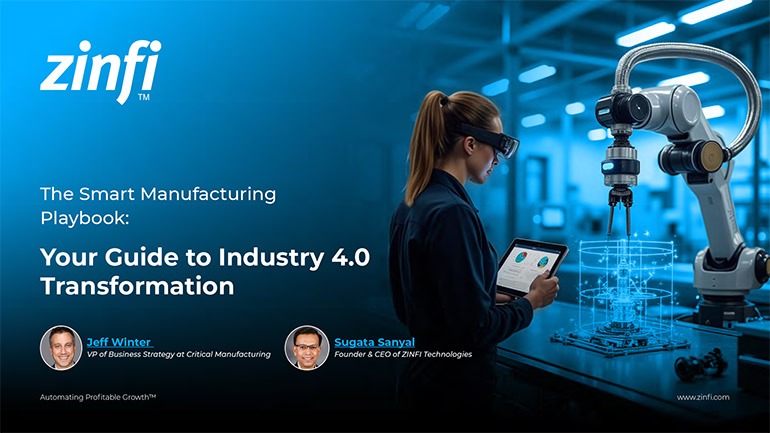Glossary - What is - Employee Onboarding
What is Employee Onboarding?
Employee onboarding is how new employees acquire the necessary knowledge, skills, and behaviors to become effective organizational members and insiders. It encompasses more than just basic job training; it includes introducing new hires to the company culture, organizational norms, and their specific roles and responsibilities. Effective onboarding can significantly improve employee retention, job satisfaction, and productivity by ensuring new hires are well-integrated into the company.
In today’s dynamic workplace environments, the onboarding process is often supported by digital tools and platforms that streamline administrative tasks, facilitate training, and enhance communication between new hires and their teams. This can also include engagement with various forms of learning management systems (LMS) and interactive online modules designed to make the onboarding experience more comprehensive and engaging.
Key Takeaways
- Structured Onboarding Programs: Structured onboarding programs that include step-by-step training schedules, clear objectives, and regular evaluations help ensure new employees understand their roles and the company’s expectations. Tools like ZINFI’s LMS can be employed to deliver consistent training content across the organization.
- Integration into Company Culture: Helping new hires assimilate into the company culture is crucial for long-term engagement and job satisfaction. ZINFI’s onboarding tools can include resources like virtual tours, team introductions, and cultural briefings to help employees feel like part of the team from day one.
- Role-Specific Training: Providing training that is tailored to the specific responsibilities and challenges of the new hire’s role enhances effectiveness and productivity. ZINFI’s role-specific training modules can be customized to meet the needs of different positions within the company.
- Mentorship and Support: Assigning a mentor or establishing a support system for new employees can facilitate a smoother transition and provide a resource for answering questions and offering guidance. ZINFI’s mentorship programs connect new hires with more experienced employees.
- Feedback and Continuous Improvement: Soliciting feedback from new employees about their onboarding experience can help refine the process. ZINFI’s feedback tools allow for the accessible collection and analysis of insights from new hires, helping to improve the onboarding process continuously.
Key Examples:
- Automotive Manufacturing: Implementing robust onboarding programs in automotive manufacturing ensures workers understand safety protocols and manufacturing processes, reducing errors and increasing production efficiency.
- Consumer Electronics: In consumer electronics, onboarding might focus on familiarizing employees with the latest technological advancements and product specifications to enhance innovation and customer service.
- Energy Production: Onboarding in energy production often emphasizes compliance, safety, and operational protocols due to the high-risk nature of the industry.
- Financial Services: Employee onboarding in financial services focuses on understanding regulatory requirements, ethical standards, and complex product offerings to ensure informed and compliant decision-making.
- Food and Beverage: Onboarding in the food and beverage industry might center on health and safety standards, product knowledge, and customer interaction skills.
- Healthcare Services: New healthcare workers must understand patient care protocols, medical equipment, and health regulations.
- Information Technology: IT onboarding often includes in-depth training on software and hardware systems, cybersecurity protocols, and project management.
- Pharmaceutical Development: Pharmaceutical employees must be well-versed in lab safety, drug development processes, and regulatory requirements.
- Retail Industry: Retail onboarding focuses on sales techniques, product knowledge, and customer service excellence.
- Telecommunications: Onboarding in telecommunications includes training on network infrastructure, technology updates, and customer interaction protocols.
Conclusion
Employee onboarding is crucial to human resources management and critical for nurturing capable and committed employees. With digital tools and structured programs, businesses can ensure their new hires are well-prepared to contribute to the organization’s success, enhancing overall productivity and employee retention.
Associated Keywords:
- New Employee Training
- Integration Strategies
- Onboarding Best Practices
















